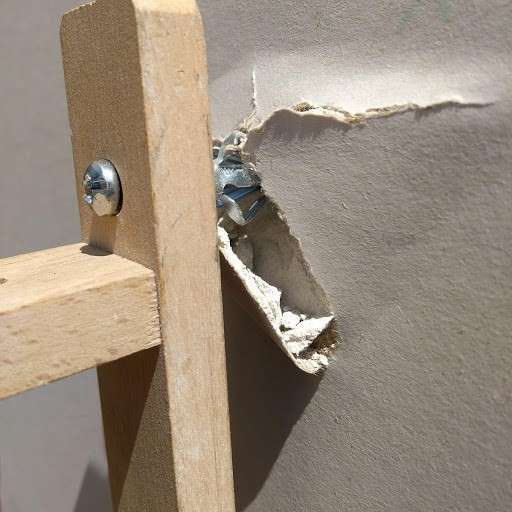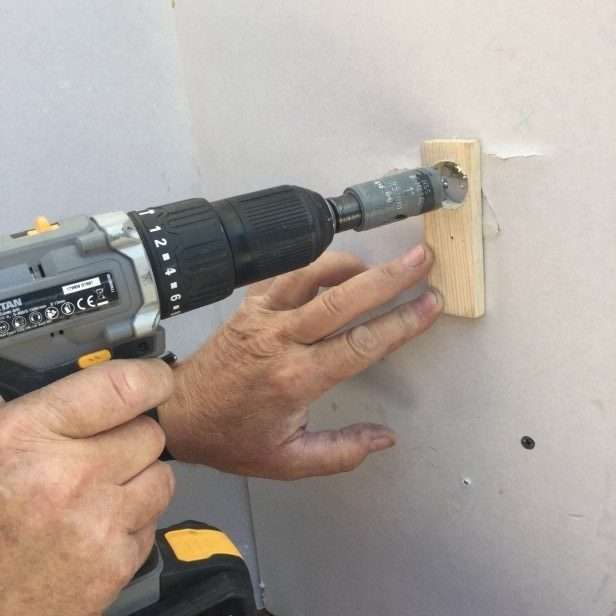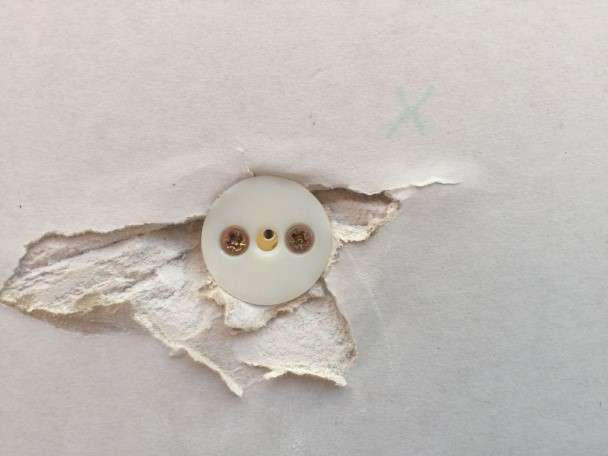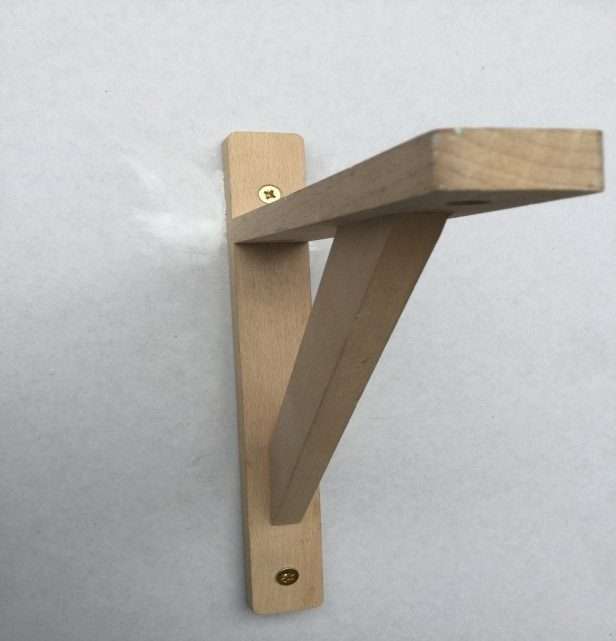If you have a loose drywall anchor, follow these steps to fix it.
Plasterboard repair – Fix holes in plasterboard
GeeFix fixings not only provide unrivalled strength, but also work effectively to repair installations where other types of fixings have failed.

1. Remove the installation: First, take out the old fixing and fold in the damaged plasterboard. Next, place a guide—made from a scrap piece of wood or plasterboard—over the center of the failed hole. Then, re-drill using a 25mm hole saw.

2. Insert the GeeFix: Pull on the blue nylon cord and tighten the centre screw.

3. Finishing the Fixing: Afterward, pull out the nylon cord and install the two side retaining screws. Then, remove the center screw and pull away the loose plasterboard. Use polyfilla to repair the area.

4. Refix the Item: Finally, use the center screw to reattach the item.

About GeeFix
A plumbing and heating engineer with over 40 years of experience invented GeeFix. We proudly announce that GeeFix is designed, developed, and manufactured in Shropshire, supporting local industry and British business.
The development aimed to create a fixing that securely anchors heavy items to plasterboard and drywall walls. Modern homes utilize studwork and plasterboard, making GeeFix ideal for fixing heavy objects like TVs, radiators, towel rails, shelving, cabinets, cupboards, mirrors, and curtain rails.
Moreover, these hollow wall fixings also allow you to refix objects to plasterboard walls when different types of fixings have failed. For instance, when a radiator comes away from the wall, you can install a GeeFix in the same spot as the failed fixing. This approach can significantly reduce the amount of work needed to repair the plasterboard.
Additionally, you can adapt these fixings for smaller objects, such as bathroom accessories, where fixing holes are close together. In these cases, one fixing can secure the item by utilizing the backplate length in the cavity for extra anchor points.



